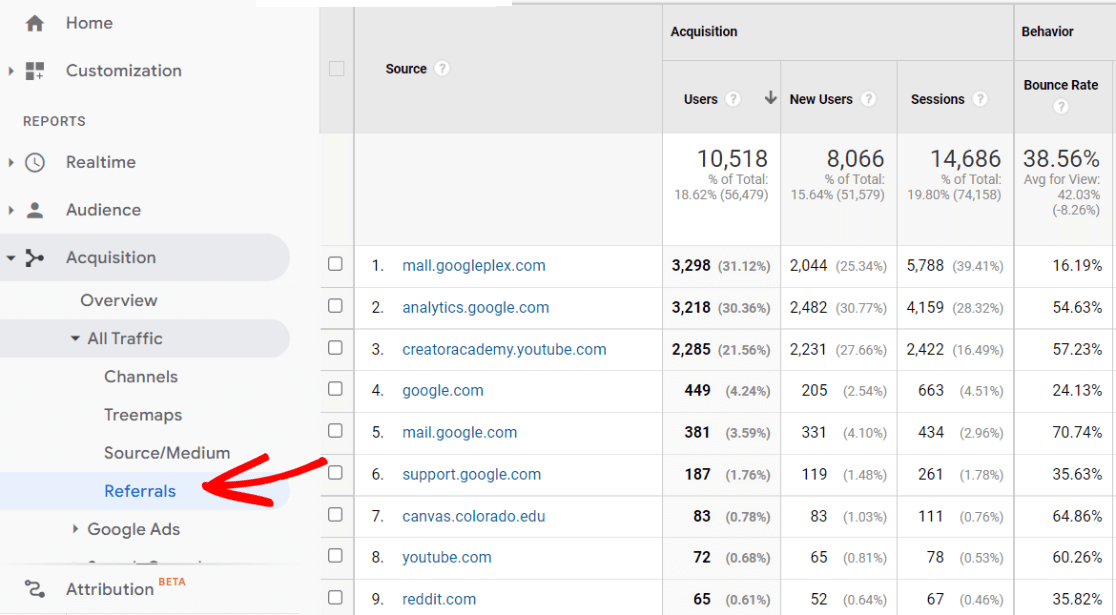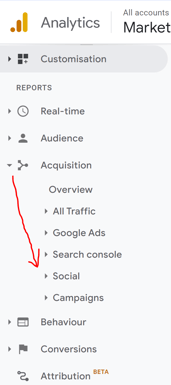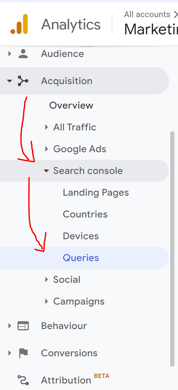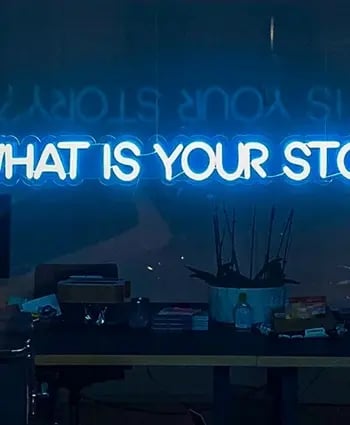How to measure the ROI of your brand awareness content
Proving ROI on awareness content can be challenging but not impossible. I'll guide you through the process for confident reporting
Your brand awareness content increases engagement, search traffic, and interaction with your brand during the research and consideration phases of your customer's journey, which ultimately contributes to new business sales.
The problem? It’s really hard to see a clear, indisputable link between the investment in awareness content to business revenue. Particularly for shareholders eager to see verifiable ROI.
The good news? Though it might be difficult to prove ROI on awareness content, it’s not impossible. In this article, I’ll walk you through how, so you can enter your next reporting meeting armed with solid results (and perhaps a well-deserved smug smile). Let’s dig in.
Website Traffic
First of all, make sure you can measure the number of clicks to your website that you get from your content through Google Analytics or any other analytic software your business has.
From there, you want to measure the visit-to-lead conversion rate to calculate how much a visit to your website is worth. You can use your website’s historical data for this.
For example, how many leads does your website gain from 1,000 visitors? How many of them become customers?
With these numbers, you can figure out what a single visit is worth to your website. If you typically gain 50 leads from 1,000 visitors, you have a visitor-to-lead conversion rate of 5%. And if out of 50 leads, you turn five of them into customers, then you have a lead-to-customer conversion rate of 10%.
By working backwards, you can work out how many visits to aim for with your awareness content and attribute ROI. And you can also break down that traffic by its source to find out which sources are most valuable to your bottom line.
So, which specific sources might you be looking at?
1. Earned media
Earned media is when your company has earned a press article about your business. If the media platform is where your target audience goes for information, it will obviously help you boost brand awareness among your desired audience.
You can simply measure how successful this is through the shares and engagement that the article has had. But how can you show the ROI of that?
Earned media value is often regarded as a vanity metric. When in fact, you just have to know how to calculate its value.
Yes, engagement metrics will tell you how the earned content resonates with the target audience, which is important! The more engaged the audience is, the more interested they are in the piece of content, and this can help you boost your brand awareness, which can influence lead generation — albeit indirectly.
A better metric to measure is referral traffic.
Similarly to tracking goals for direct traffic within your analytics, you can also track your referral traffic. And measuring the impact of referral traffic will help you prove the ROI from these external links.
Again, platforms such as Google Analytics will allow you to drill down your referral traffic to find out which external links and websites are sending you qualified leads.

SIDE NOTE: Building links in your website is an important part of improving your website’s overall SEO health. This in turn can help you improve your company’s search ranking, reach new audiences and contribute to conversions. Which, again, you can track the value of through the growing power of analytics!
2. Social

Social media analytics can be quite a controversial measurement. Again, many consider social reach, likes, and shares as vanity metrics. But these things are a pretty good indicator of whether things are progressing in the right direction or not.
More than that, much like our first point on website traffic, you can track your website
visits and leads from social media through something like Google Analytics and work out the ROI of your social media activities from that.
Again, find out the ratio between the sources of your website visits, and break down how many social-sourced visits have ended up as leads. From there, you should be able to prove that your social efforts have a real impact on your bottom line (or work out where you can improve!).
3. Search volume
Using Google Search Console, AdWords, Semrush or another search ranking platform, you can track the number of searches for your brand’s name, variations of the name, products, blog, or anything that might indicate brand awareness.
If people are searching for your company, it’s a good indicator of brand awareness. And if people are using that search term to get onto your website and become a lead? Well, then you’ve got your proof of ROI.
Conclusion
It might not be the most straightforward of tasks, but with the ever-evolving capabilities of analytics platforms like Google Analytics, it's becoming much easier to show just how your awareness content is contributing to customer conversions and purchases.
ABOUT VENTURE
Venture is an award-winning video production company that helps businesses, brands, and organisations understand their audiences, win their attention, inspire them to take action, and deliver results.

Written by Emily Malone Marketing Manager for Venture — a full-service video production agency that specialises in producing creative videos & campaigns that get real results.
.webp)




